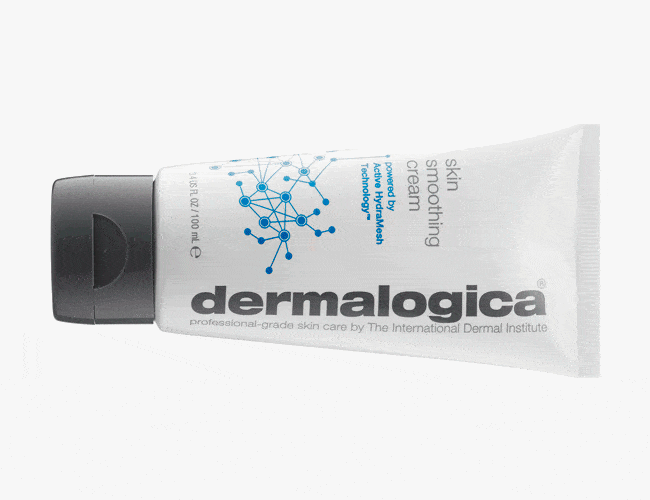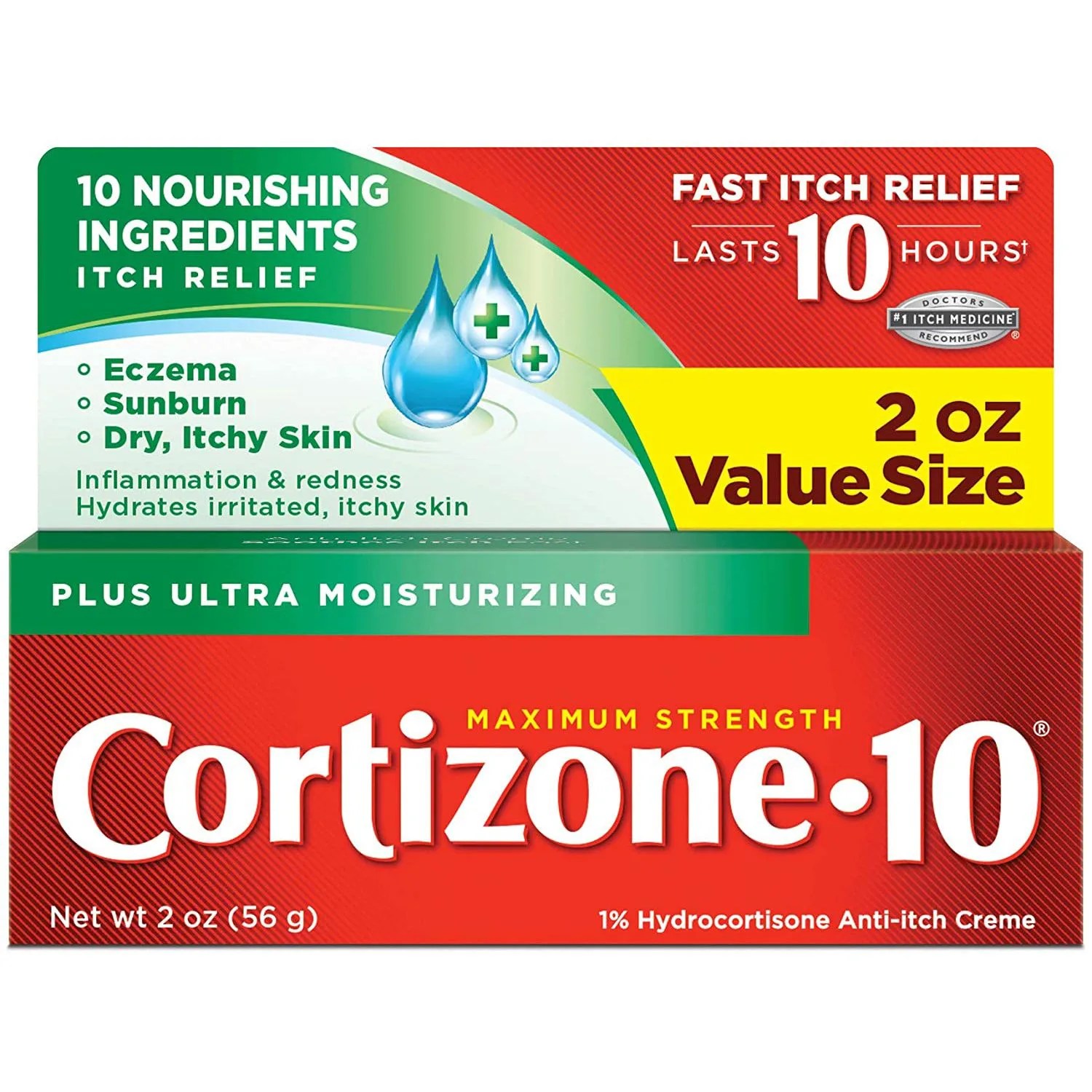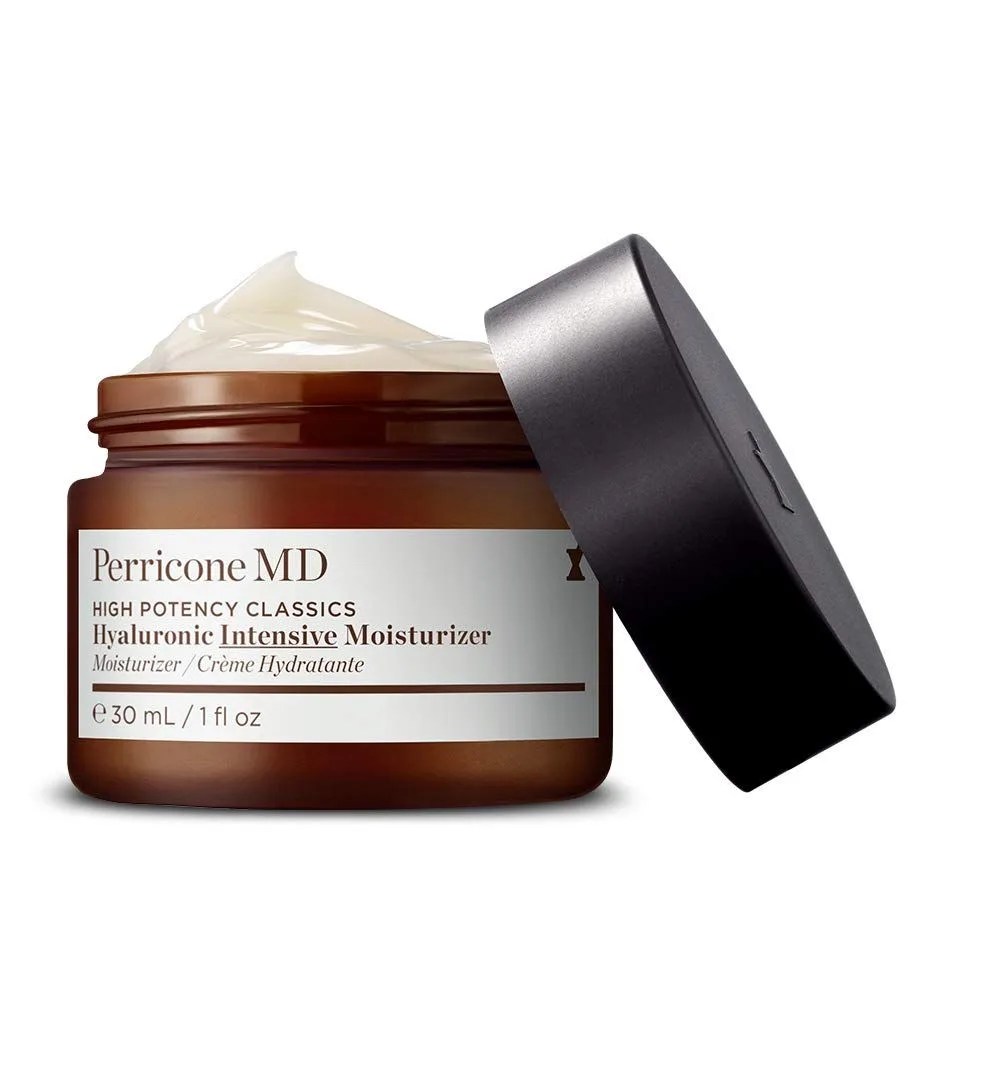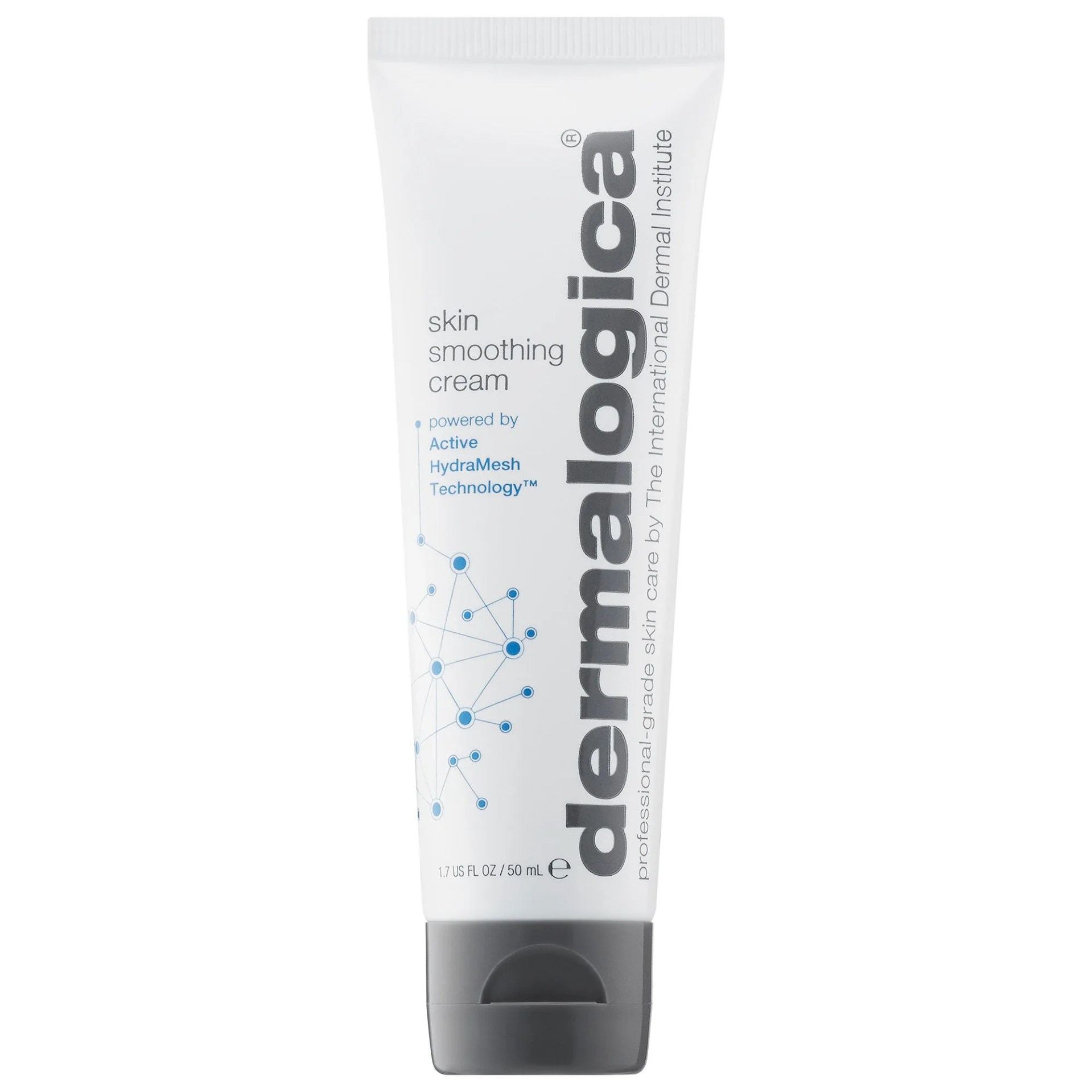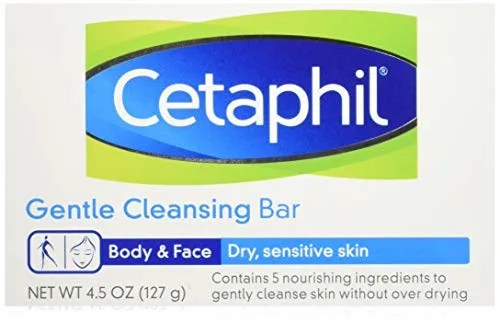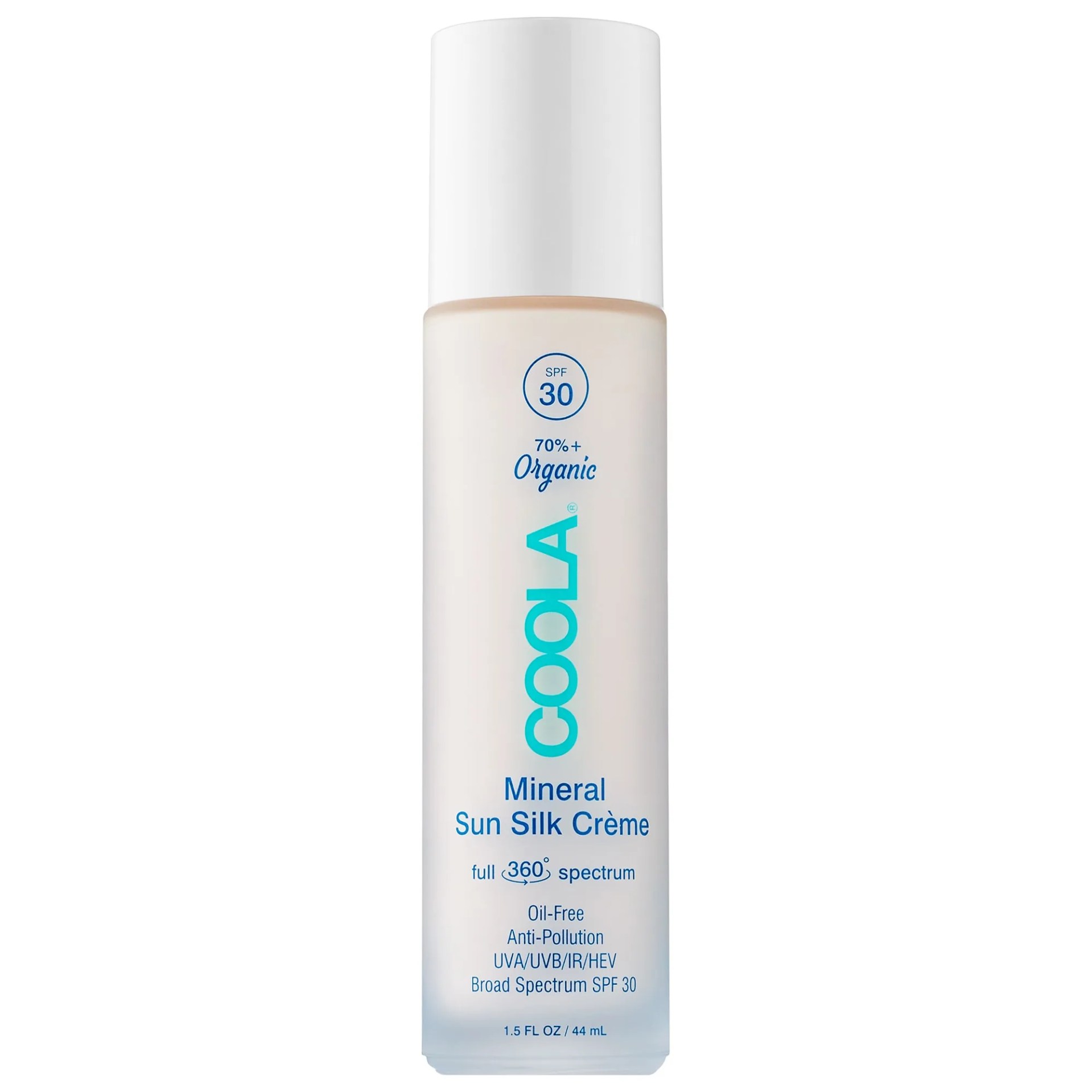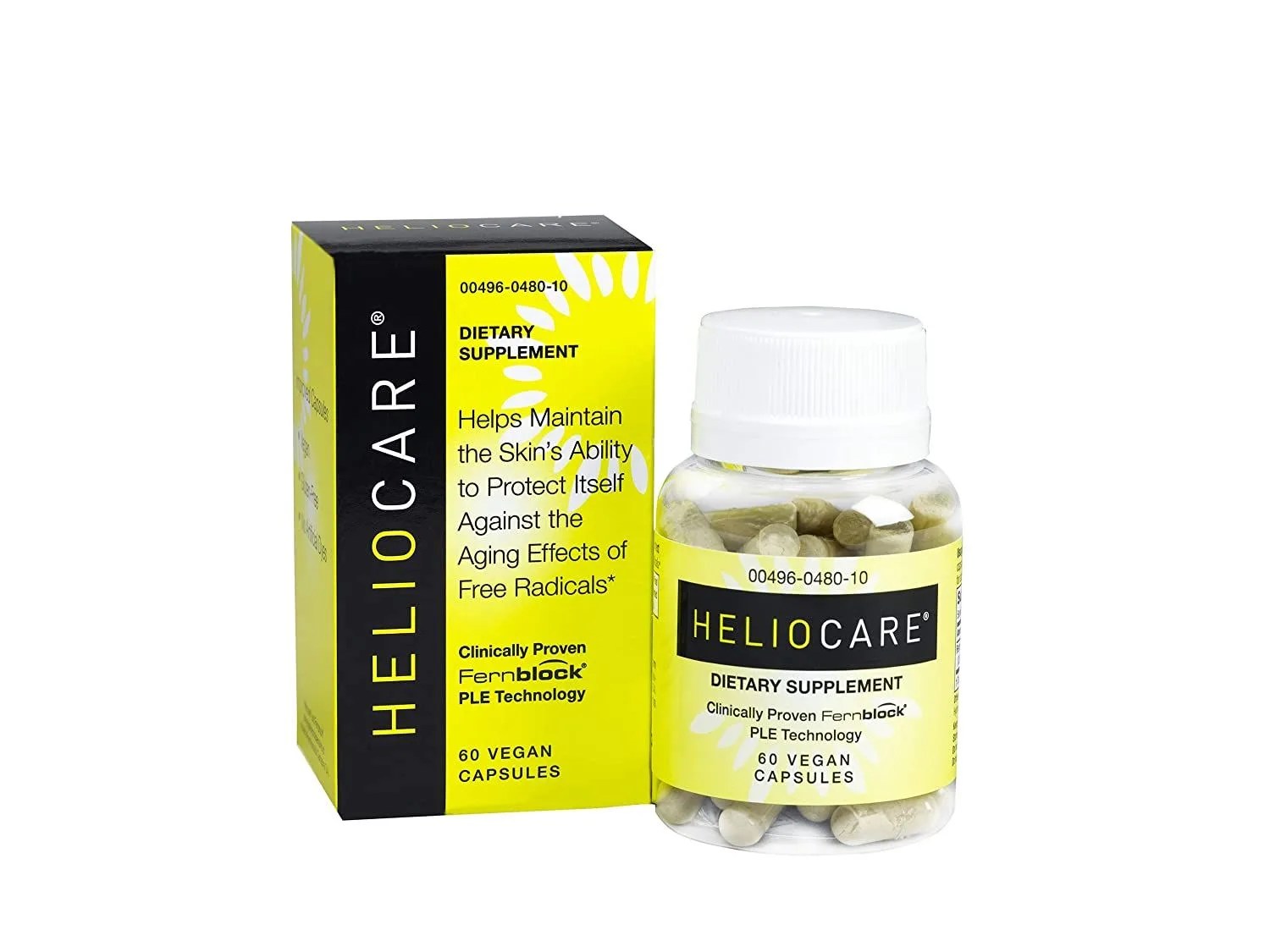So you got burnt.
It happens, even if you know full and well how to prevent it. We’re not here to harp on what you should have done. Instead, let’s lessen the pain and focus on how to heal your skin quickly and safely. There are a lot of rumors about what works and what doesn’t, but you should only take advice from a professional. That’s why we summoned the wisdom of Dr. David Lortscher, board-certified dermatologist, as well as the CEO and co-founder of Curology. We quizzed him on the best ways to treat sunburns, both immediately after exposure and in the days and weeks that follow.
Here is his advice.
Immediately After the Burn
If you’ve just been sunburned, it’s important to quickly cool and rinse the affected area. Lortscher advises taking a long, cool shower, or running any isolated burns under cool water for 20 minutes. Alternatively, you can apply a cool compress to the area, but should absolutely avoid ice, since it can further injure the skin with frostbite. (Oh, the irony.)
Since sunburns can cause dehydration, Lortscher also stresses that you drink lots of water following overexposure. (And following any bout with the sun, not just in response to burns.)
